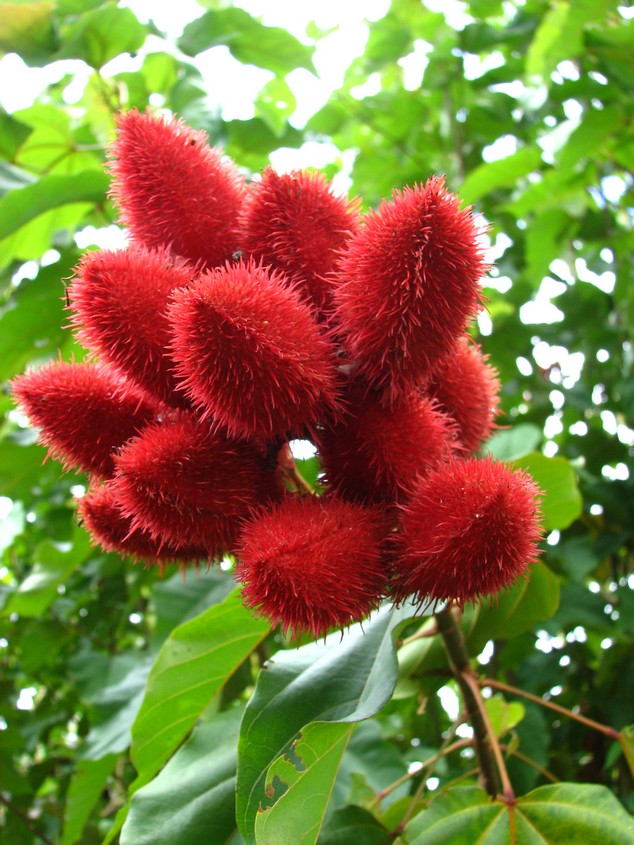To formulate a REDD+ strategy for Suriname with active participation of stakeholders.
The National REDD + Strategy is finished in concept. REDD + must lead to optimum and sustainable use of our forests on the basis of sound planning and reliable and up-to-date information. The formulation of this strategy was started in 2017, with broad involvement and participation of relevant stakeholders; in particular the government, civil society and business. There have been consultations with indigenous and tribal communities, as well as with technical institutes. The final concept was presented to all relevant actors on 28 February 2019 during a national workshop. Based on the latest feedback, the concept of National REDD + Strategy will be finalized.
The national REDD + strategy contains four main lines. Firstly, Suriname wants to remain a wooded country with little deforestation and receive financial compensation for this. To this end, Suriname will enter into international and bilateral negotiations for technical and financial support. In addition to stimulating the diversification of the economy, alternative means of subsistence in the interior will be supported.
The second strategic main line concerns sustainable forest management with early participation of various stakeholders, strict enforcement, control and supervision. The National REDD + Strategy concept contains concrete proposals for the introduction and renewal of environmental legislation and regulations. It is also proposed to strengthen the capacity of institutes in charge of forest monitoring, control and enforcement. Capacity building also applies to local communities that depend on forests.
Planning for sustainable land use as a third strategic main line - should lead to improved land management and improved forest protection. Mining, road infrastructure, urban development and agriculture are the main causes of deforestation. New legislation for land use and spatial planning will have to ensure coherence of provisions, which are now sectorally distributed. Improved enforcement capacity should also lead to sustainable land use practices. A central and modern geographic information system (GIS) will be introduced for storage of land use data.
The fourth strategic main line concerns forest conservation, reforestation, scientific research and education in the field of sustainable forest management. But also better management and expansion of protected areas, with involvement and participation of indigenous and tribal communities. These areas currently cover more than two million hectares, or 13 percent of the land area, including the Central Suriname Nature Reserve of 1.6 million hectares. This represents a major investment in forest conservation.
